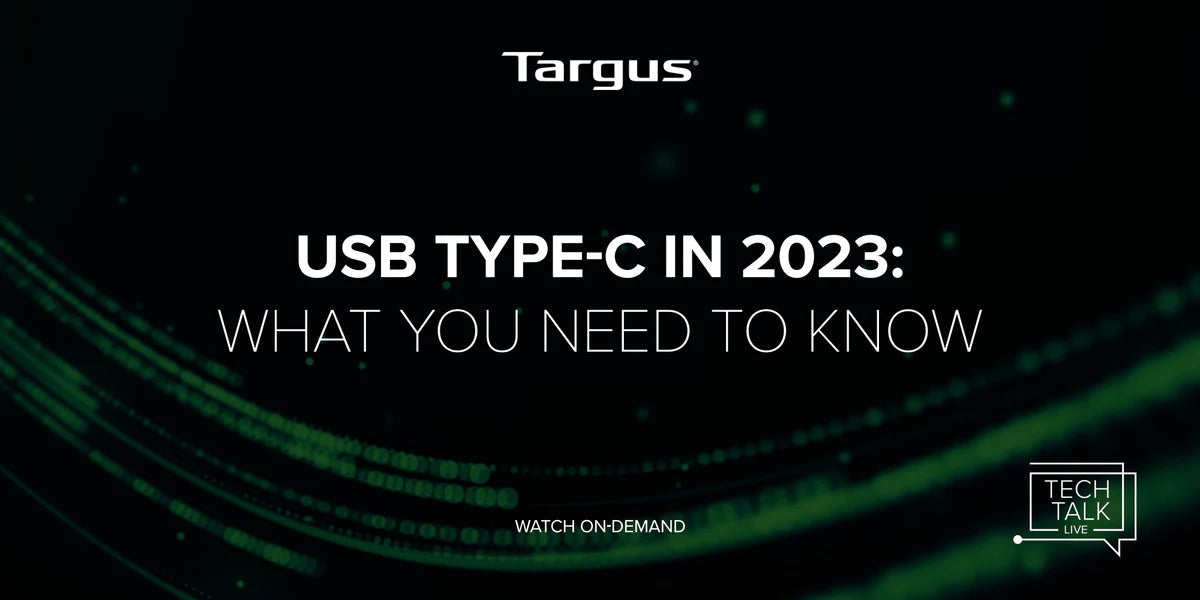Left
Right
Left
Right

USB Type-C continues to evolve. During our March Tech Talk webinar, Targus Field Application Engineer Colin MacGregor shared the latest insights on connectivity updates and enhancements, and how to take advantage of them to better meet the needs of your enterprise and end users. Specifically, he gave the audience a deeper look at the changes in specifications as we shift from technologies like Thunderbolt 3 to USB4, Thunderbolt 4, and USB Power Delivery 3.1. In case you missed the session or need a refresher course, you can watch the webinar on-demand now and read on for some of the highlights.
Power delivery over type-C is the result of a strictly negotiated contract between a port pair. It must function independently of the OS. USB Power Delivery is not a USB alternate mode (alt-mode); however, it does support the entry and exit of alt-modes such as Thunderbolt 4 and DisplayPort.
Power delivery must function even if the host machine is in a mechanically off state. Finally, power delivery over Type-C is not a USB alternate mode. The specification is independent of protocols such as DisplayPort and Thunderbolt. However, PD does help negotiate the entry and exit from these alt modes.
Revision 3.1 introduces the extended power range (EPR). Access to the EPR requires an additional power delivery contract beyond the previously negotiated standard power range (SPR) contract. Access to the EPR requires a source, sink, and cable rated for these higher voltages. Failure to communicate support for PD 3.1 will limit the system to the SPR.
Thunderbolt 3 is the connection-based tunneling architecture with a proprietary specification. Thunderbolt 3 offers impressive performance per marketing briefs, but the user experience is greatly dependent on the host machine implementation.
How Thunderbolt 3 evolved:
USB4 is the foundation of Thunderbolt 4. Thunderbolt 4 is a superset of the USB4 specification which Intel will certify.
TBT4 cables provide SPR, offering compliance to USB4 and backward compatibility to TBT3. Cables can also be uniquely used to extend power range and come with logo and branding options for personalization.
Flexible working should not result in the neglect of workspace standards – investments in tech accessories is a simple but often overlooked wellbeing factor. Choosing to buy quality products that are built to last can help protect our planet and our pockets.
Read our eBook on how to Empower Your Wellbeing for guidance on products and tools to help you implement the findings from our research. By requesting the on-demand webinar content, you will automatically receive the report in your email.